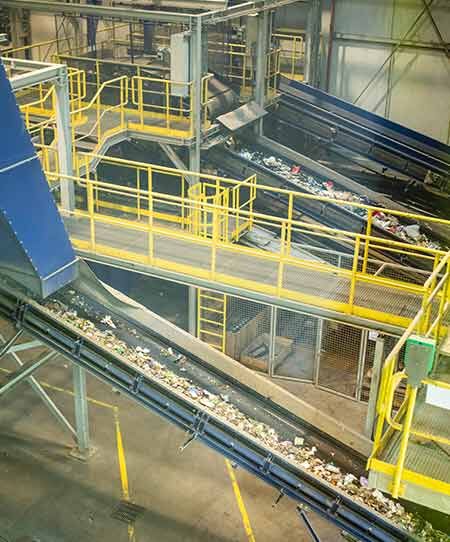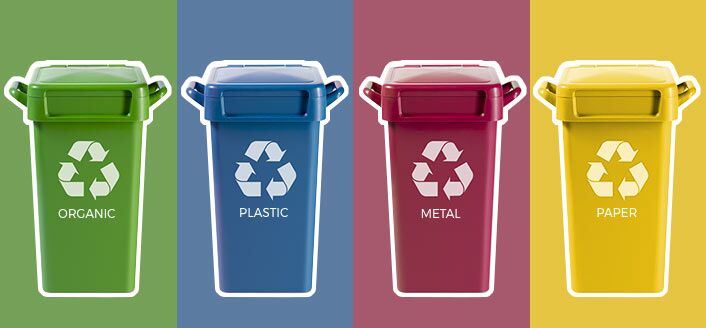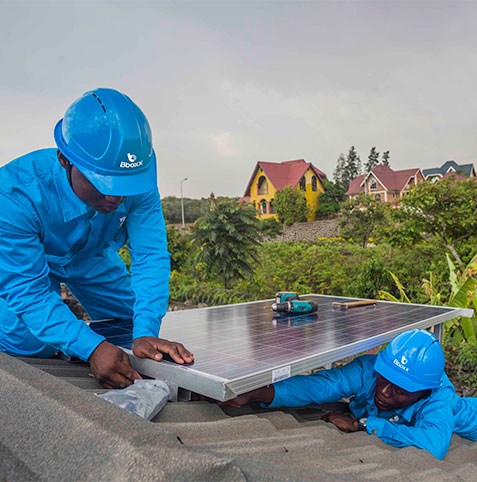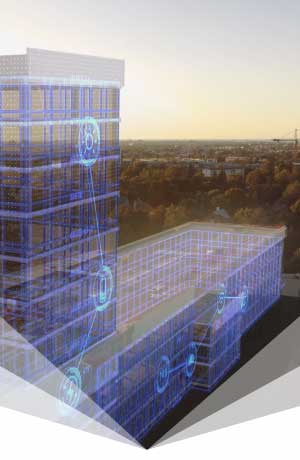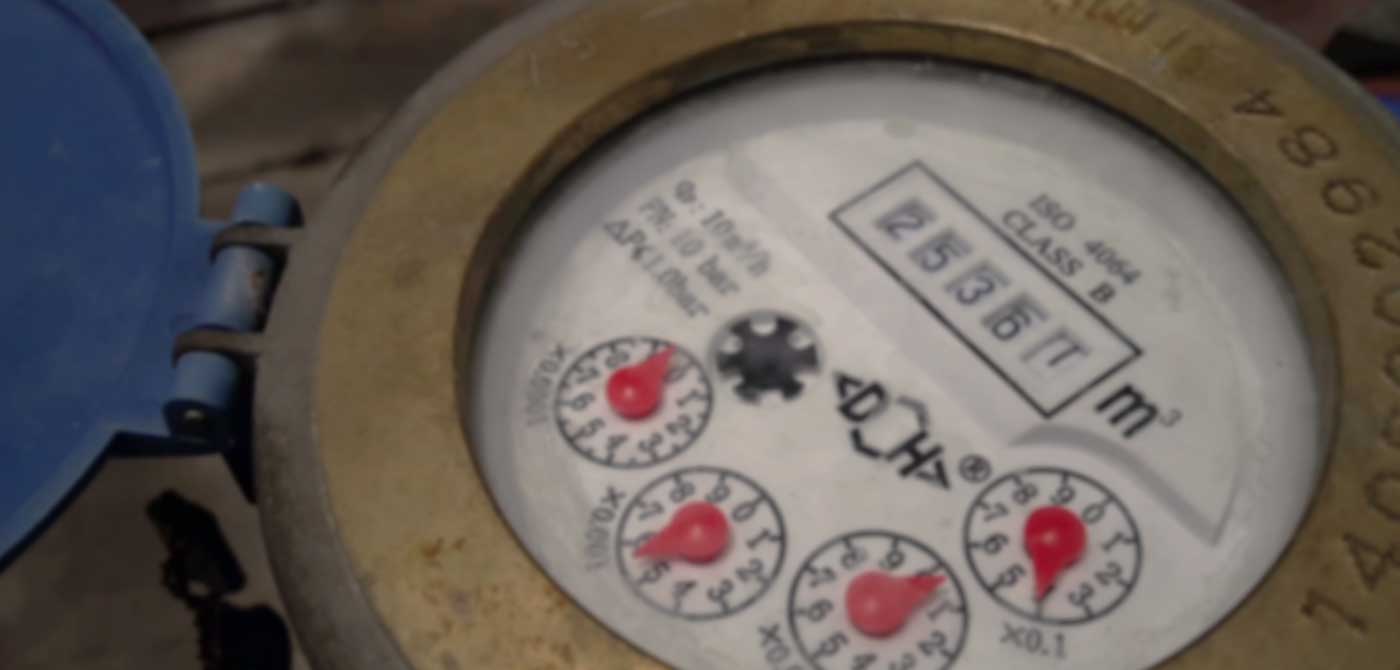In order to combat climate change, people must reduce the amount of waste that reaches landfills by reusing and recycling whenever possible. The practice of recycling is especially critical when considering the amount of plastics that permeate nearly every ecosystem on the planet. According to a 2015 study published in Science, between 4.8 and 12.7 million metric tons of plastic enters the Earths oceans each year. As a result, microplastics (small plastic pieces less than five millimeters long) are among the most widespread contaminants on our planet.
While the effects of these microplastics on both human and animal life have yet to be determined, there is no doubt that they are present in our everyday diet. According to Study on the Impact of Microplastics Pollution in Mexican Fish, microplastics from product packaging and other sources are present in the stomachs of 20% of commercially important fish from the Gulf of California, the Gulf of Mexico, and the Caribbean Sea.
In order to reduce carbon emissions from landfills and curb the amount of plastics entering the ocean (and ultimately our diet), it is imperative to properly dispose of organic waste in landfills so that CO2 can be successfully recaptured and divert inorganic waste such as plastics that can be recycled or reused. To meet this challenge, engineers and environmental scientists are turning to smart design practices and new technologies powered by the Internet of Things (IoT), both to gain a better understanding of the planets waste problem and to devise innovative solutions that will reduce the output of greenhouse gases and waste into our oceans. According to Navigant Research, the global smart waste collection technology market is expected to grow from $57.6 million in 2016 to more than $223.6 million in 2025.
The Singapore Landfill Thats Also a Popular Nature Reserve
According to the World Bank, Singapore has the worlds third highest population density, with nearly 8,000 residents per square kilometer. Like many megacities in Asia, Singapores high population density means they have a serious waste management and carbon emissions challenge. However, unlike other cities in India, Pakistan, and China that are considered some of the most polluted cities on the planet (according to a 2018 report from IQAir AirVisual), Singapore has become a model for smart city innovation aimed at reducing its waste output and cutting its carbon emissions.
One interesting example of how Singapore is cutting their carbon emissions is its landfill. Located roughly 8km south of the city-state, the Semakau Landfill was designed by engineers and environmentalists from Singapore’s National Environment Agency (NEA). Located in the sea off Pulau Semakau and Pulau Sakeng, the Semakau Landfill is enclosed by a 7km perimeter rock bund that separates it from the surrounding ocean. Upon arriving at Semakau Landfill, trash barges berth at an enclosed transfer building, where large excavators with interchangeable and specially designed mechanical arms unload solid waste in the form of incinerated ash and non-incinerable waste from the barge. The solid waste is then placed onto dump trucks that transport it to landfill cells where bulldozers and compactors level and compact the incinerated ash and non-incinerable waste.
Each waste cell is comprised of silt screens, to protect coral reefs surrounding the island, and an impermeable layer to deter leaching, ensuring that the man-made island remains habitable for a diverse range of marine life. Once a cell has been filled to ground level, it is covered with a layer of earth and transformed into a carbon-capturing greenspace full of grass and trees. A new cell is then activated by sealing off concrete pipes that connect the cell to the sea and drain the water within the cell, creating an empty space into which solid waste will be dumped. An onsite waste-water treatment plant ensures that the excess water is treated before being discharged into the surrounding sea.
The Semakau Landfills innovative waste disposal design is so effective at maintaining the surrounding native marine life that the landfill also doubles as a nature reserve and popular tourist attraction. According to the NEA, tourist visits to the landfill are fully booked for the remainder of 2019.
Sorting Organic Waste from Inorganic Plastics and Recyclables
Innovative landfill design like the kind found at Semakau is a necessary step to preventing waste from contaminating ecosystems and emitting large amounts of CO2. However, even Semakau has an issue with the amount of plastics it receives yearly. An analysis by Reuters of NEA data found that Singapores increased use of disposable products has shortened the estimated lifespan of the Semakau Landfill by 10 years. Only 6% of the 815,200 metric tons of plastic waste generated in Singapore was recycled in 2017, and plastics comprised 763,400 metric tons of all the waste disposed at Semakau that year, the largest category of waste disposed.
Given this data, it is clear that steps must be taken to divert any waste that can be recycled away from landfills so that they do not contribute to the contamination of oceans and other ecosystems. The most difficult challenge lies in the initial collecting and sorting stages. Recyclable waste such as paper, plastics, and electronics must be separated from organic and non-recyclable waste to reduce the amount of inorganic waste that reaches landfills. As humans continue to increase their municipal solid waste output, collecting and sorting will only grow in difficulty. This is where smart cities are turning to IoT technology once again.
IoT-Enabled Trash Sorting
In a smart city, a garbage bin can be outfitted with RFID sensors that collect information on fill level, temperature, location, and other data types that are useful to sanitation departments. When combined with statistics from other smart city systems, smart bin data can facilitate more insightful, multi-pronged waste reduction actions and root out incorrect disposal practices.
Outfitted with a user interface connected to a waste management IoT platform, which reveals the locations and fill levels of all bins, trash collectors can get an automated route planned for them that has prioritized areas in urgent need of cleanup and avoid disposal units that still have room. As time goes on and more data is gathered, the system creates optimized fleet logistics that reduces fuel consumption.
Once brought to a facility, collected waste can be automatically sorted using IoT-enabled smart sorting systems to effectively divert as much inorganic waste as possible from landfills and incineration.
Innovative Solutions to Combat Climate Change with Aeris
IoT-enabled tools are being used all over the world to support better waste management solutions. However, effective long-term reduction of waste is the responsibility of every person on the planet. From everyday personal practices to city-wide initiatives, smart waste management is a necessary step toward a zero-waste future.
Aeris offers the connectivity infrastructure to support IoT-enabled waste reduction. Our newly-expanded Aeris Intelligent IoT Network comes with more functionality and security than ever before, with future-proven technologies that provide developers with the tools to actualize their biggest IoT ideas through dynamic, scalable, always-on connectivity options.
To learn more about the Aeris Intelligent IoT Network and how it can help your city reduce its waste, contact Aeris today.
